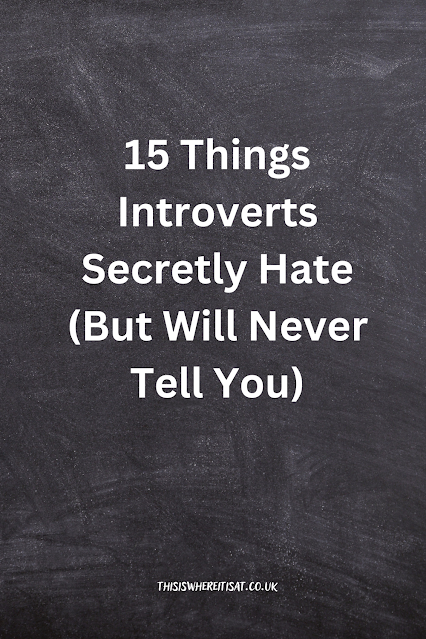Hey readers,
Rejection is a common human experience, but for those of us on the autism spectrum, it can combine profound emotional pain, confusion, and loneliness in a particularly potent way.
Social interactions can be a complex dance for anyone, but for autistic individuals, the unwritten rules and unspoken cues can feel like a minefield.
In this situation, it can be challenging to handle the fallout and sort through the reasons for rejection.
The truth is, it hurts to be rejected, and that is okay.
It is a typical human reaction when someone feels left out or excluded.
However, the social world can be an extremely difficult place for those with autism.
Rejection in this context can feel like a personal attack, a confirmation of our worst fears that we don't belong and never quite fit in.
Let's unpack this a little.
Rejection and Miscommunication.
Individuals with autism often have distinct perspectives of the world.
We might be literal interpreters, have trouble reading social cues, or have trouble making eye contact.
Misunderstandings in social situations may result from these emotions.
You might talk excitedly about your most recent obsession while oblivious to the social cues that indicate the other person is becoming disinterested.
A playful jab may be misinterpreted as a personal attack.
We may experience confusion and hurt as a result of these misunderstandings that result in rejection.
The Rejection Cycles.
The cycle of rejection can be ruthless for autistic people.
After experiencing rejection, we might withdraw further, making it even harder to connect with others.
This can lead to feelings of isolation and loneliness, which can then fuel social anxiety and make us even more wary of putting ourselves out there.
It's a loop that can be difficult to break out of.
Breaking the Cycle: Self-Compassion and Reframing.
How then can we end this cycle? Empathy for oneself is the first step. It is alright to admit that rejection hurts.
Please do not punish yourself if you are depressed. Instead, treat yourself with kindness and understanding.
Next, let's reframe rejection. Not every rejection is a reflection of you as a person.
Sometimes, it's simply a matter of incompatibility.
Maybe the other person wasn't interested in the topic you brought up, or they weren't emotionally available.
Rejection doesn't mean you're unlovable or unworthy.
Finding Your Tribe.
Building a solid support network is crucial.
Be in the company of people who value your uniqueness and all of your quirks.
This could be a community of autistic individuals who understand your struggles or friends and family who are patient and accepting.
Feel free to put yourself in spaces that cater to your interests.
You can meet people who share your interests in clubs related to your hobbies, online forums, or social groups for people with autism.
The key is communication.
In any relationship, but particularly in interactions between neurotypicals and autistics, open communication is essential.
Ask questions if you need clarification on anything! Tell the other person your preferred method of communication.
You may need more time to process information or find it easier to express yourself through text.
The more people understand your communication style, the less likely misunderstandings and rejections will occur.
Celebrate Your Strengths!
Being autistic comes with a unique set of strengths.
We may be detail-oriented, passionate about specific subjects, or possess a strong sense of justice.
Focus on these strengths, and don't let rejection define you.
Let your passions shine, and the right people will be drawn to your unique energy.
Remember, rejection is a part of life for everyone.
But for autistic people, it can sting a little more complicated.
However, we can navigate the social world more confidently by practicing self-compassion, building a solid support network, and celebrating our strengths.
Rejection won't stop us from forming meaningful connections and living fulfilling lives.
We must approach the social landscape with a great deal of acceptance and self-awareness.
I hope that this blog post has made you feel less alone in your experiences, even though it is just the beginning.
Remember, you are not your rejections.
You are a fantastic individual with so much to offer the world.
Don't let anyone dim your shine.
Thank you for reading X.







.jpg)















